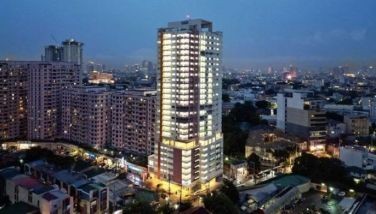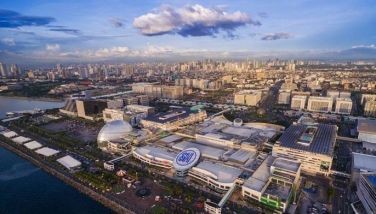The Philippine power generation industry
CEBU, Philippines - I received my latest copy of IDEA`s Industry Trends, a regular publication of the Institute for Development and Econometric Analysis, Inc. (IDEA). According to the said published report, after the enactment of the EPIRA law in 2001, the electricity and gas sector showed a faster growth of 5.8 percent year-on-year in 2002 from only 0.8 during the previous year.
Although the Gross Value Added (GVA) of the industry was continuously increasing, slower growth rates were seen in 2003 to 2005. With the implementation of the Wholesale Electricity Spot Market (WESM) in the second half of 2006, however, the sector escalated, rising by an annual average growth rate of 7.2 percent from 2006 to 2008. In 2009, the industry contracted by 3.5 percent due to weaker demand for electricity and gas as a result of the global financial crisis. It bounced back in 2010, growing by 8.8 percent year-on-year to Php45.10 million despite the rotating power curtailments, lasting from an hour to half a day, in Luzon, Visayas, and Mindanao, with the latter experiencing the worst up until the present.
Likewise according to IDEA, renewable energy sources, which includes hydroelectric, geothermal, natural gas, solar, wind, among others, remain to be the dominant sources of energy in the country, accounting for an average of 58.3 percent of all sources from 2001 to 2010, indicating growing energy self-sufficiency as the Philippines starts to move away from imported energy and use of pricey fossil fuels. Most notable is the contribution of natural gas from a measly 1.8 percent in 2001 to 28.8 percent in 2010. Based on data from the DOE, there was a surge in renewable energy sources in 2002 by 41.6 percent year-on-year, the highest for the period under study, after suffering from a 5.4 annual contraction during the preceding year.
However, power generation from these have slowed down in 2009 and 2010 as geothermal and hydroelectric energy suffered from minor dips in production levels as a few geothermal power plants located in Visayas were forced to shutdown between the February and May period as well as during the last quarter of 2010 because of steam deficiency. Hydroelectric power plants, which are located mostly in Mindanao, also had limited capability to provide electricity as water levels in dams and rivers were critically low because of the El Niño phenomenon. Early that year, the three main islands suffered from power outages owing to energy capacity deficit with Mindanao being the most vulnerable because of its heavy reliance on hydroelectric energy.
Accordingly, total installed capacity in 2010, however, still increased to 16,360 megawatts (MW), natural calamities and climate change notwithstanding, as coal and oil-based power plants compensated for the deficiencies of the renewable energy sources. Moreover, three new coal-fired power plants were linked to the Visayas grid, namely the 3x82 MW operated by Cebu Energy Development Corporation (CEDC), 2x72 MW by Panay Energy Development Corporation (PEDC), and the 2x100 MW by KEPCO-Salcon, and one hydroelectric powerplant in Mindanao with the first unit of the 42-MW Sibulan power plant in Davao del Sur was tested and commissioned in April 2010 while the remaining 16-MW unit followed in August 2010. (to be continued)
For comments, rejoinders and questions related to credit & collection, email to [email protected].
- Latest
- Trending
















